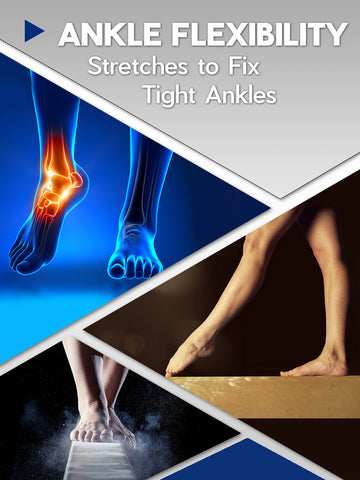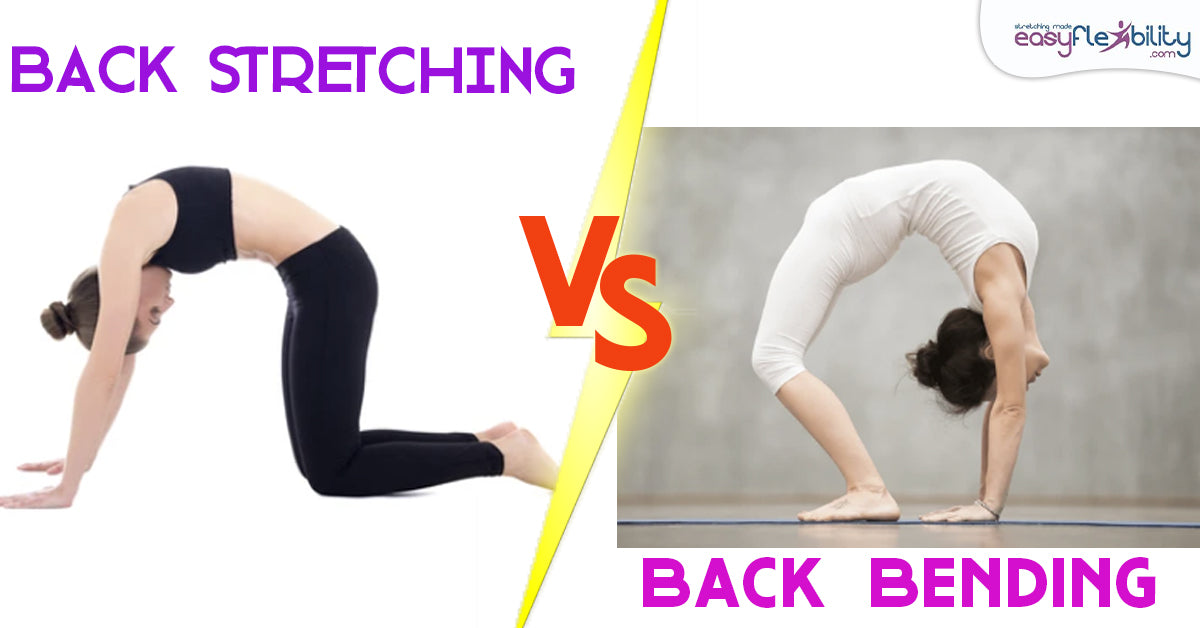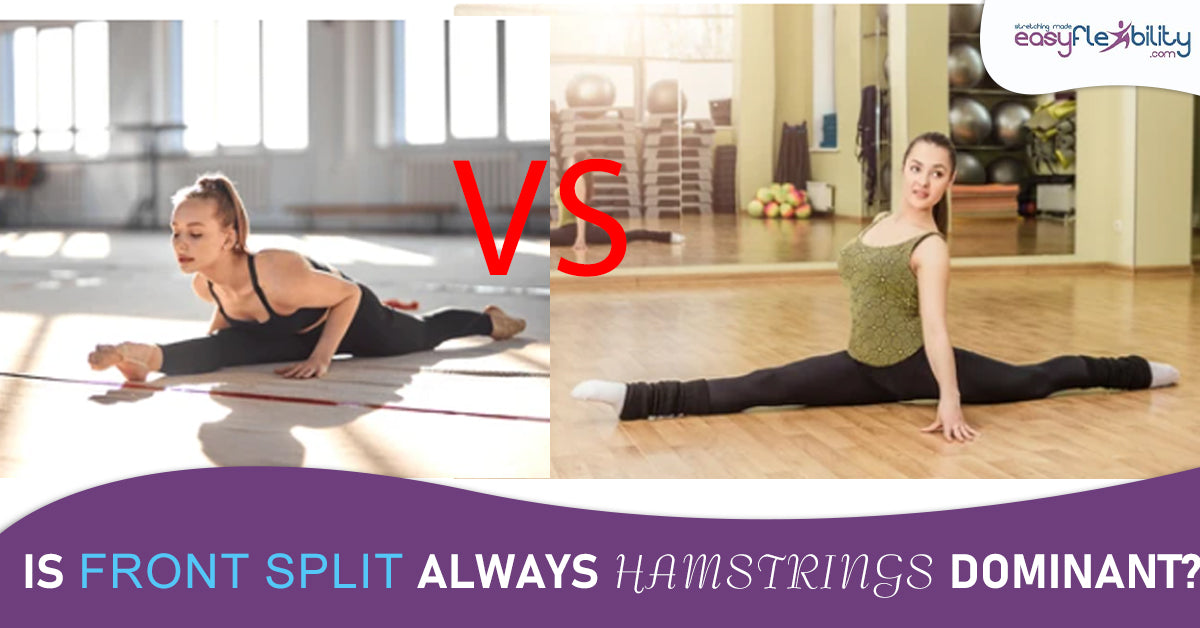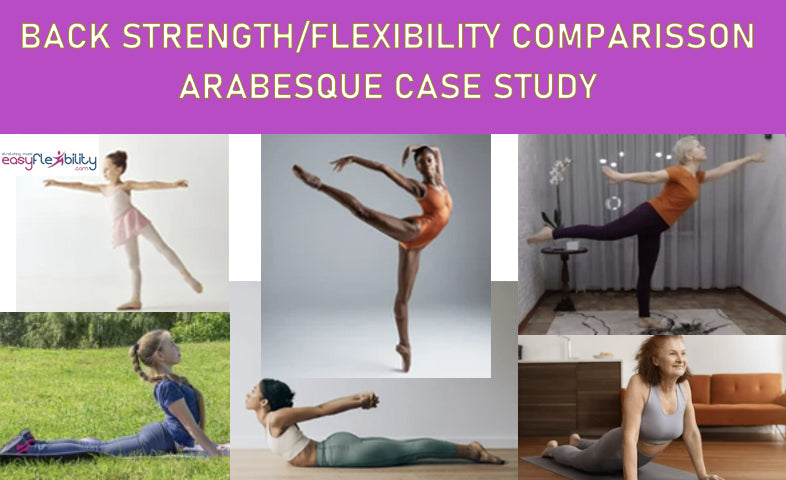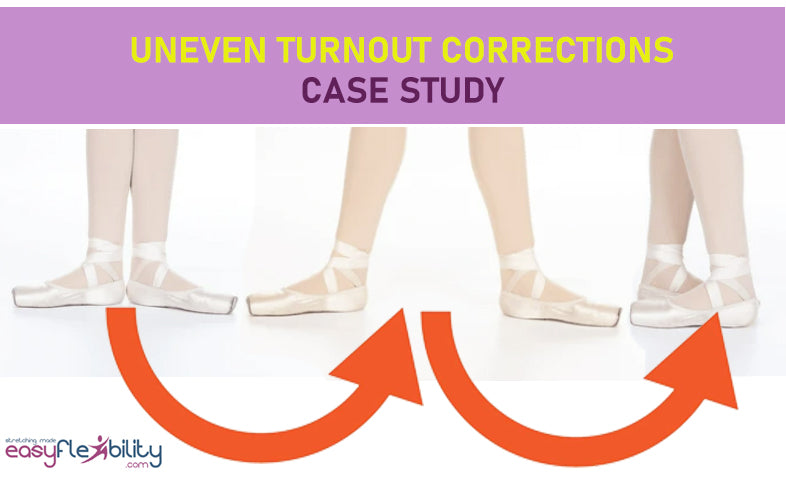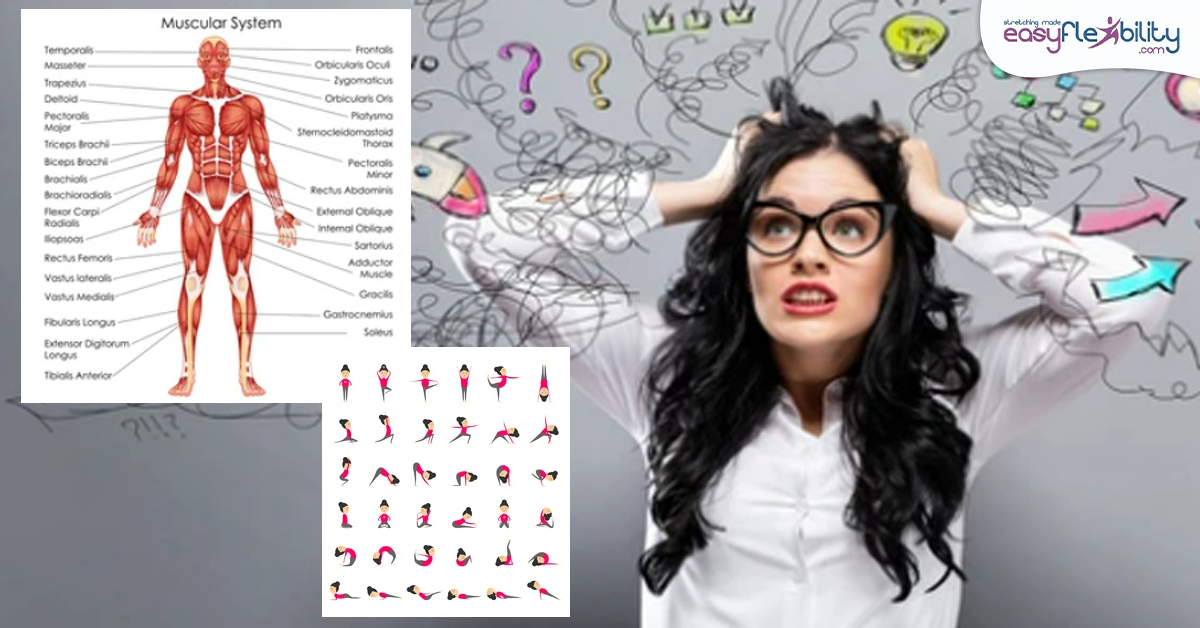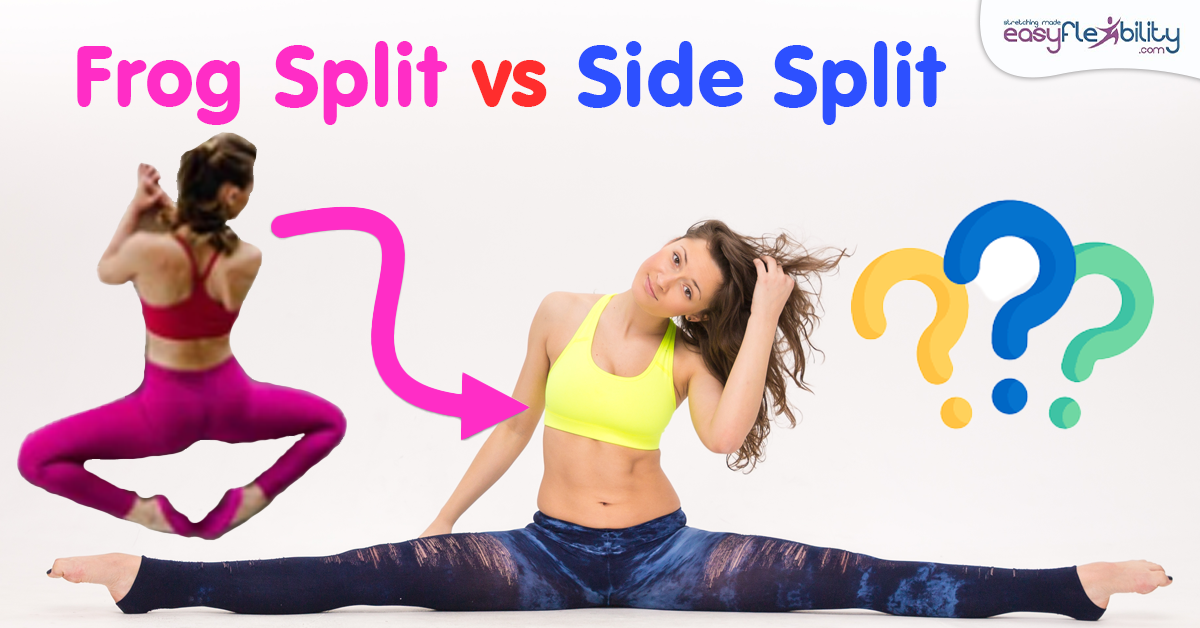Achilles Tendinitis – What to do to heal this injury
Posted by Paul Zaichik on
What Is It?
Achilles Tendinitis is a debilitating condition that anyone devoted to various fitness activities such as Dancers, Cheerleaders, Gymnasts, Martial Artists and Joggers know all too well.
In short Achilles Tendinitis is an inflammation of the tendon that connects the calf muscle and the heel. When the calf contracts, the ankle joint plantar flexes. Standard medical treatments involve injections and anti-inflammatories. In severe cases, surgery.
Most cases of Achilles Tendinitis are accumulative in nature. Just because you felt the pain today, does not mean that it started today. Most likely it took a while to build. Inflammation of the Achilles tendon and even bursa under it, is commonly a repetitive stress injury, that builds over time.

What’s the first thing you do, if you feel the pain?
STOP. I would go as far to as to say, stop anywhere. If you are competing – stop. If you are in the middle of the class – stop. Even if you are performing- make an effort to stop. (If you are a working dancer, you maybe under pressure to keep going.)
Next, while there are modern medical treatments which your doctor can advise you on, I will address the alternative methods of treating Achilles Tendinitis. Since I am not a medical doctor, nothing in this article should be constituted as a medical advice. Read up on everything, talk to a professional and make your own decision.
Alternative Treatment Plan in Acute Cases
- Cell salt #4 – Ferrum Phos (Also known as Schuessler Cell Salts). This is a first stage of inflammation remedy. Muscles, Tendons, Sore Throats, etc. It helps right when the injury happens.
-
External Application of Arnica, first 24-48 hours. This means topicals, such as gel, salve, cream, etc.
-
30C Arnica Homeopathic can also be taken internally.
-
Should you stretch the freshly injured tendon? NO.
-
Should you massage the acutely injured tendon? NO.
Alternative Treatment Plan in Chronic Cases
Now, let’s talk about the chronic injury or recurring injury of the Achilles Tendon. Regardless of what sport you practice, Dance, Gymnastics, Martial Arts, Cheerleading, Running, etc., the same thing applies.
Does Stretching the tendon and calf helps in avoiding an injury? In theory it should. Why? Because a muscle and tendon is always more prone to injury if it has to contract out of its maximum range.
For example, in doing a stiff legged dead lift the chance of injury is much higher if one goes into full range until the stretch is felt. If on the other hand one bends the knees or does not go until a full stretch of the hamstrings, the chances of getting injured are lower.
The same thing applies to the Achilles Tendon, of course, stretching must be combined with strength in that deep range. In the ElasticSteel / EasyFlexibility System we call that “deep range strengthening” Extended Length Conditioning.
However, in some cases stretching the antagonist is super important.
For example, in dancers who dance on pointe, if their dorsal flexors are tight, the calf will always have to contract extra to ‘fight them”. Additionally, the foot will never be aligned with the lower leg in a straight line. This will place constant additional stress on the calf and Achilles.
Thus, flexibility of the antagonist can prevent Achilles Tendinitis.Remedies to assist in the chronic Achilles Tendinitis Case.
- Ruta Homeopathic has a very strong affinity to the tendons in the body. A lameness in the site of injury is an excellent indication for Ruta. 30c is a good potency to use.
- Rhus Tox Homeopathic can be used as well. An indication for Rhus Tox is when there is stiffness, and initial movement hurts. However, after initial pain, the spot feels better with continued movement.
- Phytolacca Homeopathic is indicated when the pain is close to the heel bone. Worse from cold and motion. Better rest and heat.
- Ledum Homeopathic helps when the site of injury feels cold and yet feel better with cold applications.
- Cell Salt #1 (Calc Flour) has an affinity to connective tissue. It can help to strengthen it over time.
Massage and Pressure:
- As stated before, massaging an inflamed tendon is not good idea. However, if the case is not acute, applying pressure to the point where tendon and muscle meet can be helpful to bring circulation to the area and speed up healing.
- Don’t forget to massage and stretch the muscles that dorsi flex (pull the foot up), as they may be causing the posterior muscles to work overtime.
- Finally, it’s a good idea to massage the plantar fascia (providing that there is no acute inflammation there) The fascia extends to cover the side of the heel bones (between the heel and the ankles, on each side). Massaging that area is advisable as well.
External Applications:
- Castor Oil Packs Reduce Inflammation
- Ruta and Rhus Tox Creams help to reduce inflammation and strengthen the tissue.
- Comfrey Creams help to initiate healing process, especially if the injury is close to the bone.
Hopefully this article gave you food for thought. If you are looking for foot and ankle flexibility improvement, take a look at the Foot and Ankle Flexibility program:
This program contains specific Ankle Warm-Up & Conditioning Techniques. The routine begins with mobility exercises, followed by specific warmup and conditioning techniques that will prepare your body for the special stretching techniques that follow. Not only that, these exercises will also make your newly gained flexibility permanent, they will speed up flexibility gains as well as make you strong and in control of your body. Click here to learn more about this program!
With this program, you'll feel lighter than ever!
Check out what other customers are saying about the program:
© ElasticSteel Corp., EasyFlexibility, Paul Zaichik, et. El., 2022. No part of the materials available through ElasticSteel.com, EasyFlexiiblity.com, site may be copied, photocopied, reproduced, translated or reduced to any electronic medium or machine-readable form, in whole or in part, without prior written consent of Paul Zaichik EasyFlexibility.com, Elasticsteel.com.. Any other reproduction in any form without the permission of Paul Zaichik EasyFlexibility.com, Elasticsteel.com is prohibited. All materials contained on this site are protected by United States copyright law and may not be reproduced, distributed, transmitted, displayed, published or broadcast without the prior written permission of Paul Zaichik, EasyFlexibility.com, Elasticsteel.com.
Share this post
0 comment

